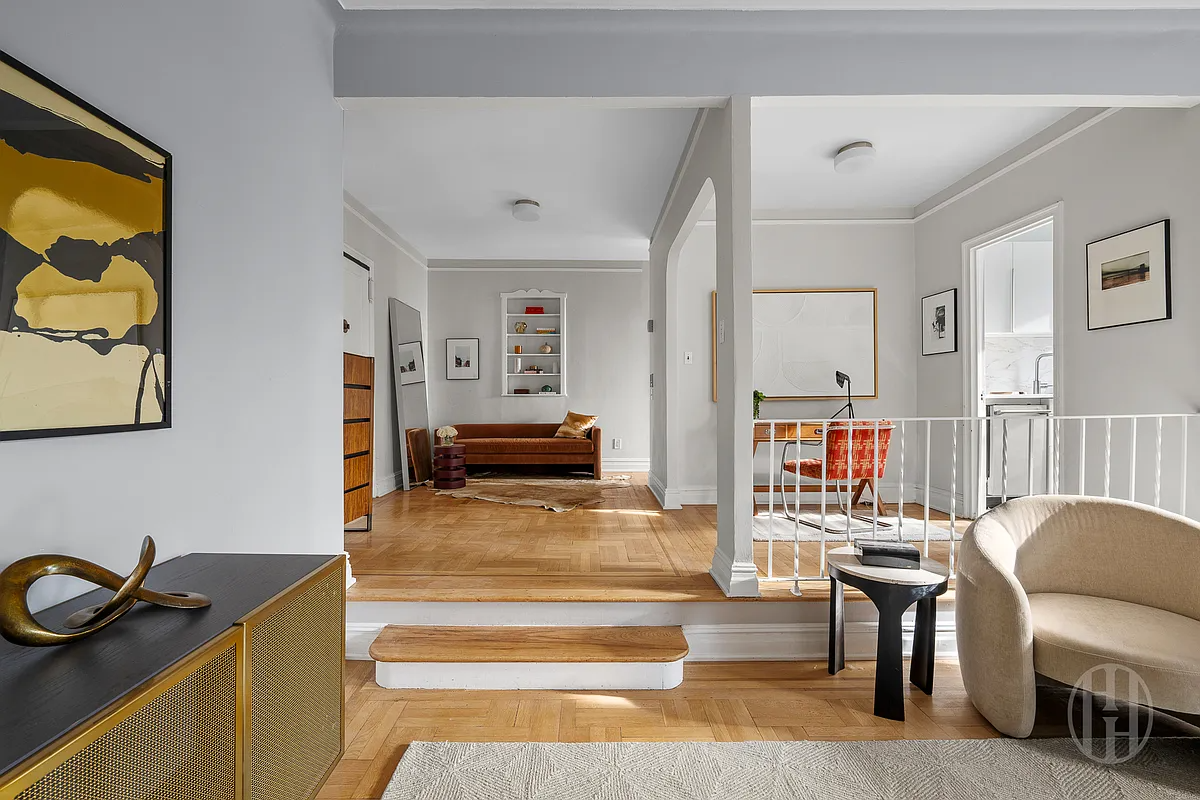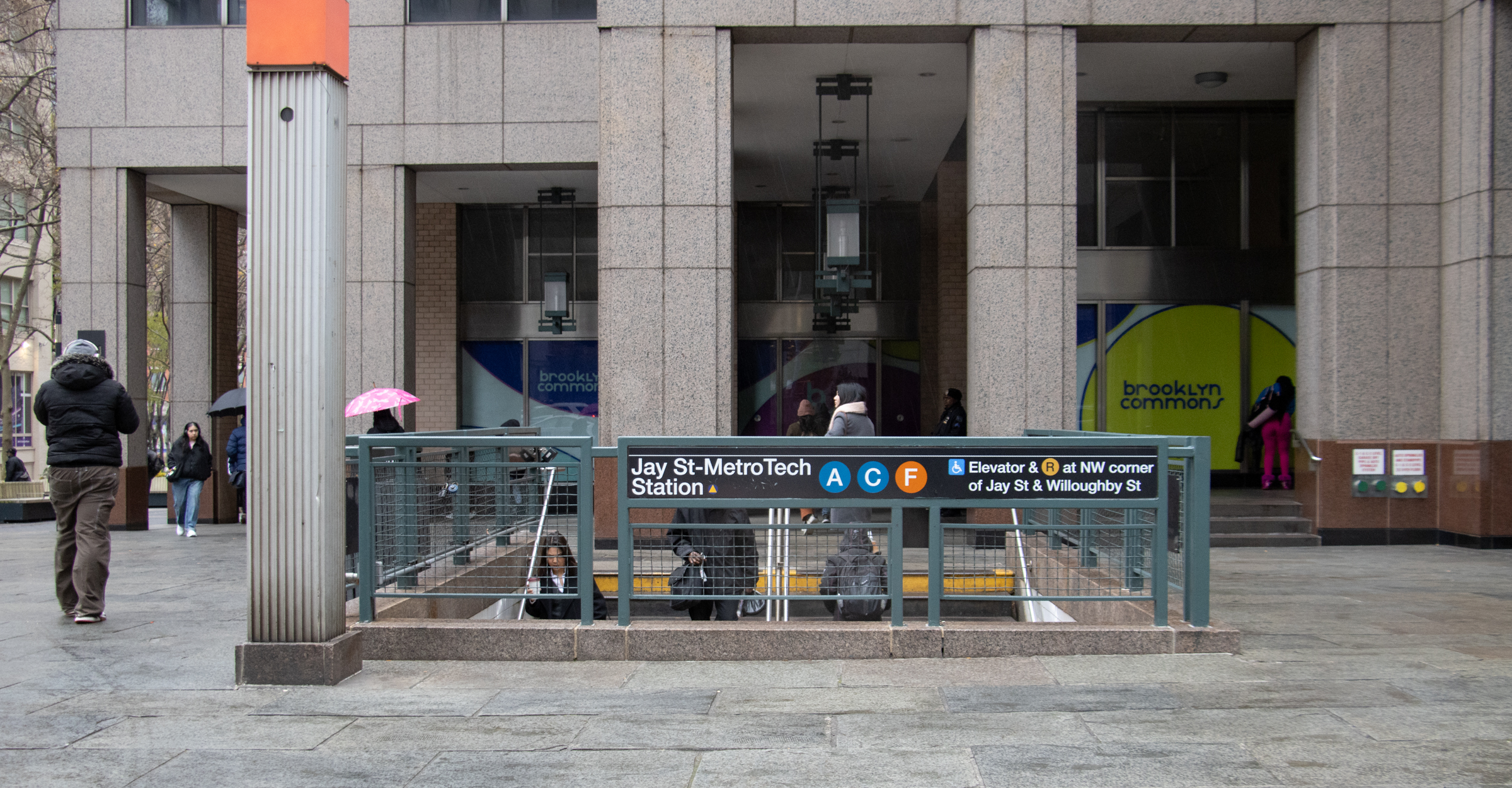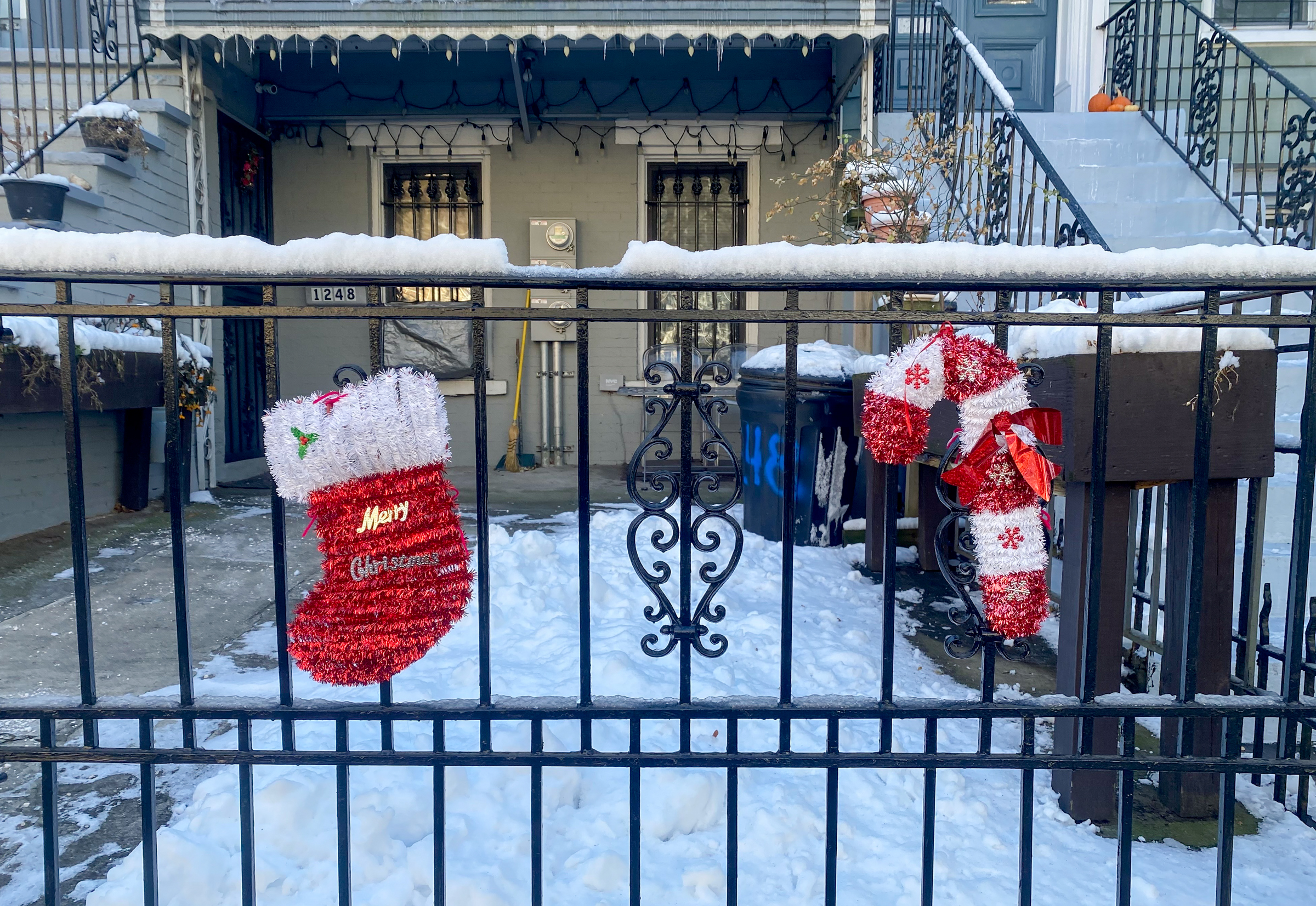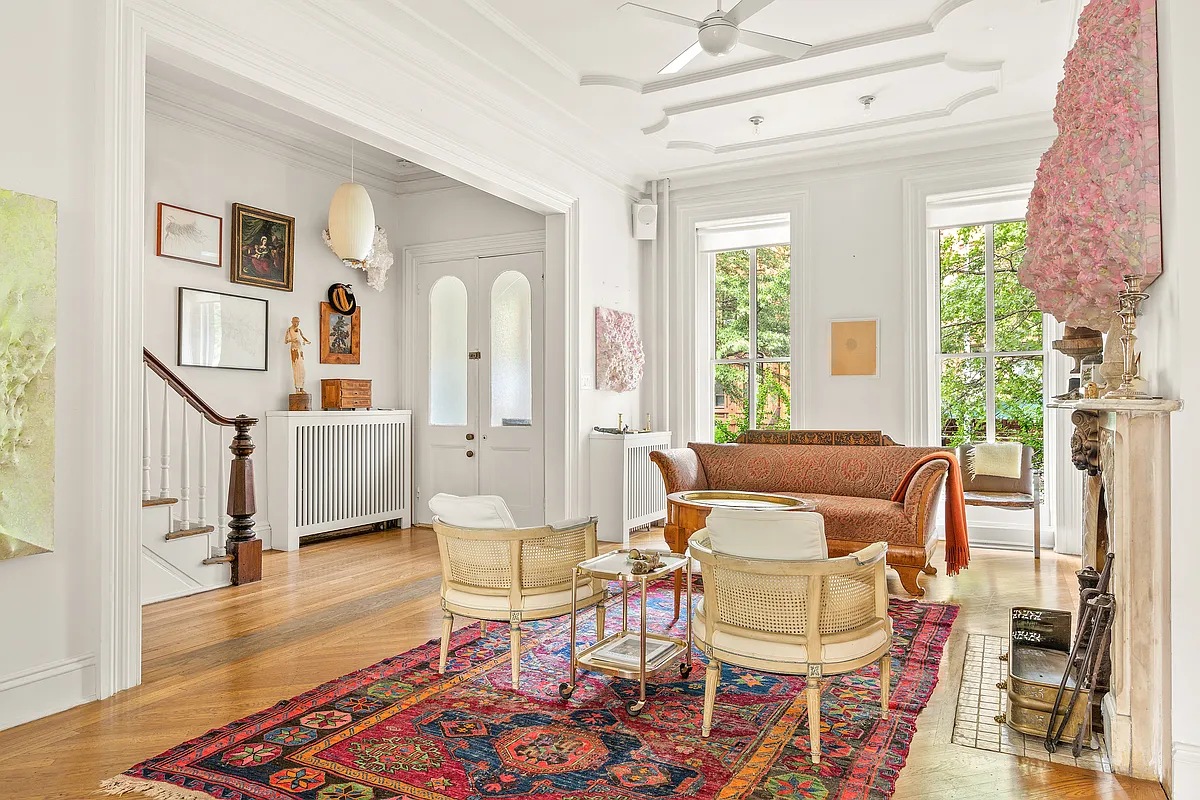Building of the Day: 135 Joralemon Street
The BOTD is a no-frills look at interesting structures of all types and from all neighborhoods. There will be old, new, important, forgotten, public, private, good and bad. Whatever strikes our fancy. We hope you enjoy. Address: 135 Joralemon Street, between Henry and Clinton Name: Private house Neighborhood: Brooklyn Heights Year Built: 1833 Architectural Style:…


The BOTD is a no-frills look at interesting structures of all types and from all neighborhoods. There will be old, new, important, forgotten, public, private, good and bad. Whatever strikes our fancy. We hope you enjoy.
Address: 135 Joralemon Street, between Henry and Clinton
Name: Private house
Neighborhood: Brooklyn Heights
Year Built: 1833
Architectural Style: Federal, with later porch and ironwork.
Architect: Unknown
Landmarked: Yes, part of the Brooklyn Heights HD, the first HD, landmarked in 1965.
Why chosen: For many people, if you had to put a building on the cover of a book about Brooklyn Heights, this would be it. Part of its charm is its location, not over in the older, northern part of the Heights, where clapboard houses are more common, but here, sandwiched between buildings of a much later date, a delightful remnant of an earlier time, when all of Brooklyn Heights was filled with Federal style clapboard houses and buildings. The earliest homes over in the Middagh Street area date from the 1820’s, this one is only ten or so years later, which still makes it one of the older buildings in the Heights.
It’s a wonderful two story, plus basement floor and attic, with twin dormers, clapboard siding, and a wide Italianate porch superbly ornamented by cast iron work that gives the house a Charleston or New Orleans flare. The porch and ironwork were added sometime in the middle 1800’s. Records show a Dr. John Haslett, a surgeon with the US Navy, living here in 1833, perhaps the first owner of the house. Brooklyn Heights had its ups and downs over the century, and by 1936, when photographer Berenice Abbott was documenting the buildings of Brooklyn, the house was looking a little worse for wear, but still had great dignity.
On New Year’s Eve, 2004, a devastating fire burned through the interior, and many feared the house was too far gone to restore. But it wasn’t anything a whole lot of money couldn’t fix. By 2008, the renovated house was the winner of the Landmarks Conservancy’s Lucy G. Moses Preservation Award. The line to get into the house during that year’s Brooklyn Heights House tour stretched for a block, showing that there is much interest in one of Brooklyn’s most iconic houses. That year it also was listed for almost $6 million. It went down in price by a couple million, but I don’t think Dr. Haslett would even be able to comprehend that much money. Who would have thought? I really like the shutters in the 1936 photo.

(Photo: Berenice Abbott, 1936. NY Public Library)

(Photo: Gotham Gazette, by way of Landmarks Conservancy)





OMG – I agree with Randolph and Dave
By randolph on February 14, 2011 4:21 PM
“This is totally unfair for the people of new york who seek affordable housing.”
huh?
It’s called a free market, private ownership and a capitalistic society. I assume I’m agreeing with you yet again, randi.
denton, he was a character.
The house is one of the prettiest private historic houses in Brooklyn and possibly in the entire city. It is remarkably roomy inside as it is over 25 feet wide. There used to be another one just like it next door that is visible in old photos taken prior to the 1920’s.
“The house is small and was absurdly overpriced.
It illustrates exactly what is wrong with landmarks: instead of tearing it down and building a 4-unit rowhouse like the ones next to it, we’ve got a small, dark, energy inefficient toy house built at twice the cost per square foot of new construction.
This is totally unfair for the people of new york who seek affordable housing.”
While the prices of homes in landmark district tend to be higher, the price difference, according to the IBO, is on average about 3%.
“I see that so far 2/3 of the posters can’t appreciate historic architecture.” -DIBS
That’s really sad…Brownstone Brooklyn and Manhattan are known for its old (and beautiful) architecture.
I remember in the 1980s, when I lived around there, the house was really in dis-repair. At one point the owner came out and did some restoration, apparently by himself.
But were public funds used to repair the house? If a private entity chooses to restore the property, why does that make landmarks so evil? There is plenty of property on the open market not landmarked — go ahead and develop that for multiple dwellings. Let’s treasure our past with the small amount of landmarked buildings that exists.
And I agree with Minard and Montrose about the shutters. Actually, the proportions of the original windows, especially in the dormers are wonderful.
“This is totally unfair for the people of new york who seek affordable housing.”
huh?
“This is totally unfair for the people of new york who seek affordable housing.”
huh?